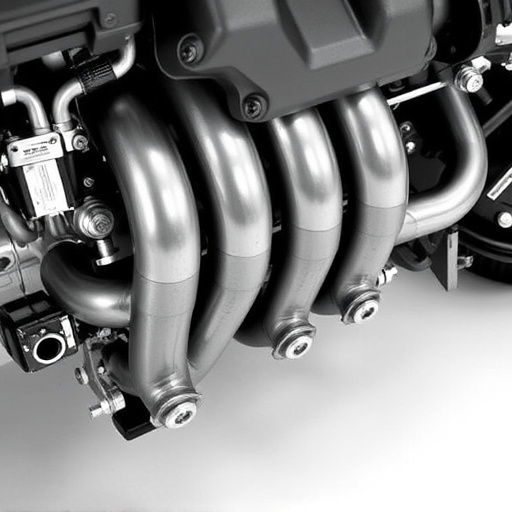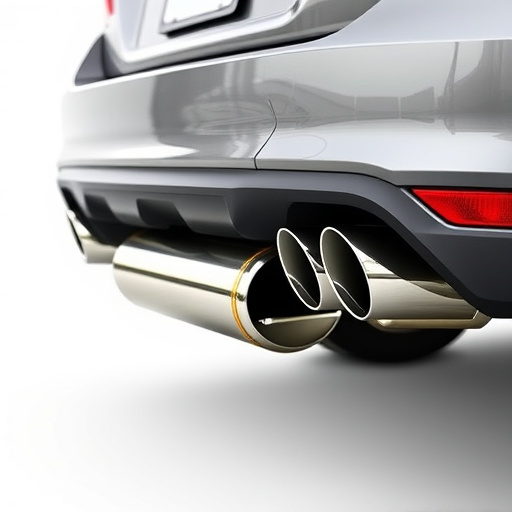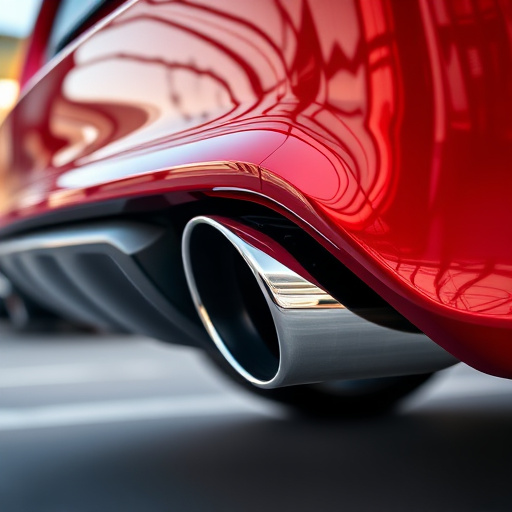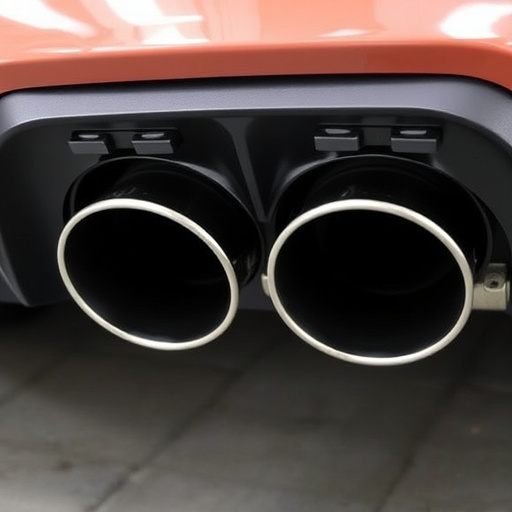A single exhaust system consolidates exhaust gases from multiple cylinders into one path for smoother exit, enhancing fuel efficiency, engine output, and performance, especially beneficial for high-performance engines or modified intakes. This design contributes to a vehicle's distinctive sound and characteristics, appealing to drivers seeking an engaging experience. With fewer components and simpler repairs, it offers potential cost savings during maintenance. However, high-performance upgrades may increase noise levels, emphasizing the need for quality parts and expert consultation based on individual driving needs.
Every driver should familiarize themselves with the fundamentals of a single exhaust system—a vital component in any vehicle’s engine management. This article breaks down the basics, offering insights into what exactly a single exhaust system is, how it operates, and its advantages and drawbacks. By understanding these key aspects, you’ll gain valuable knowledge to make informed decisions regarding your vehicle’s performance and maintenance. Let’s explore the world of single exhaust systems.
- What is a Single Exhaust System?
- How Does a Single Exhaust System Work?
- Benefits and Considerations for Drivers
What is a Single Exhaust System?
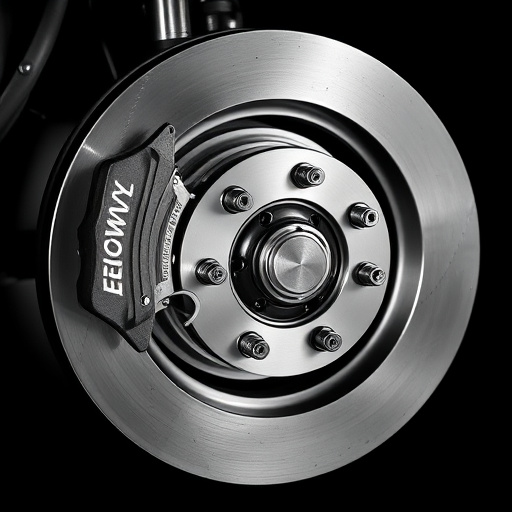
A single exhaust system is a fundamental component in a vehicle’s engine performance and emissions management. Unlike older designs with multiple exhaust outlets, this system consolidates the exhaust gases from the cylinder into one path, which then exits through a single tip. This streamlined approach offers several advantages. By combining the exhaust flow, it reduces backpressure within the engine, enhancing fuel efficiency and improving overall engine output. This design is especially beneficial for vehicles equipped with high-performance engines or modified air intake systems, as it allows for more efficient combustion and better control over exhaust gases.
Moreover, a well-engineered single exhaust system, often culminating in a cat-back exhaust setup, can significantly contribute to the vehicle’s overall sound and performance characteristics. Unlike some dual exhaust systems, the single exhaust design offers a more uniform and aggressive tone, appealing to drivers seeking an enhanced driving experience. This simplicity also translates to potential cost savings during maintenance, as repairs are generally less complex and fewer components are involved compared to more intricate air intake systems or performance brakes.
How Does a Single Exhaust System Work?
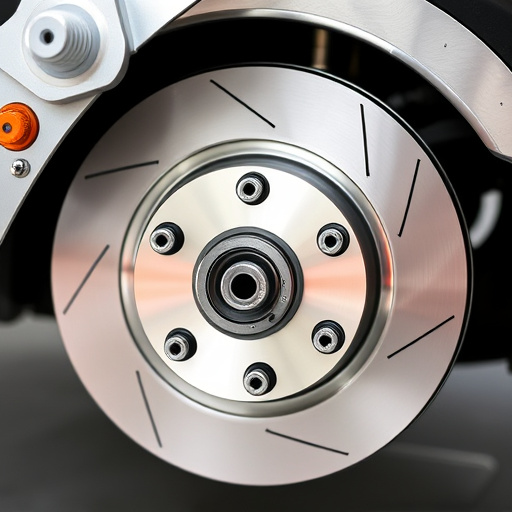
A single exhaust system is a fundamental component in a vehicle’s engine setup, responsible for expelling burnt gases and facilitating efficient engine performance. Its design revolves around a straightforward concept: air enters the engine through intake components, undergoes combustion, and then exits through a single exit point, typically at the rear of the vehicle. This system stands in contrast to more complex dual-exhaust setups.
The process begins with the intake of air, which is mixed with fuel within the engine’s cylinders. This mixture is compressed and ignited, producing high-pressure gases that expand rapidly. The single exhaust pipe conducts these gases away from the engine, passing through various components such as a catalytic converter and muffler tips to reduce noise and emissions. The muffler plays a crucial role in minimizing the vehicle’s exhaust note, ensuring a comfortable driving experience for passengers.
Benefits and Considerations for Drivers
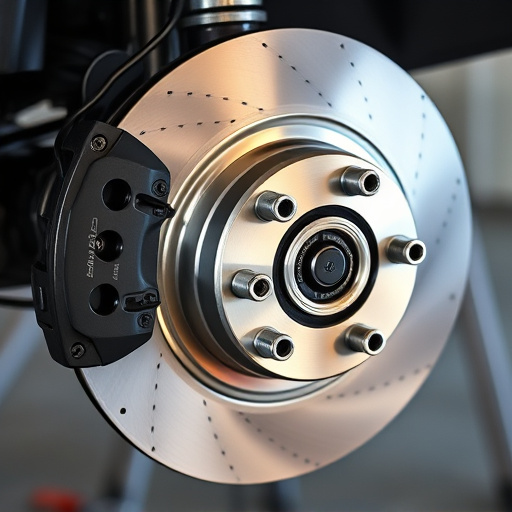
Drivers considering a single exhaust system for their vehicles stand to gain several significant advantages. This setup offers enhanced performance by allowing for better airflow, which can result in improved fuel efficiency and increased horsepower. Moreover, a single exhaust system contributes to a smoother engine sound, enhancing the driving experience. It also promotes easier maintenance since there’s only one component to service or replace.
When deciding on this modification, it’s crucial to balance these benefits against potential considerations. While high-performance parts like muffler tips can further boost engine output, they may also increase noise levels. Additionally, replacing exhaust systems requires investment in quality components to ensure safety and durability. Remember that the right setup depends on individual driving needs, making research and consultation with automotive experts essential before making any changes.
Understanding the basics of a single exhaust system can empower drivers to make informed decisions about their vehicle’s performance. This system, with its streamlined design, offers numerous advantages, including improved fuel efficiency and reduced noise levels. By simplifying the exhaust process, it allows for easier maintenance and can enhance overall driving experience. Whether you’re a car enthusiast or a regular driver, familiarizing yourself with this component is a valuable step in navigating the world of automotive care.








